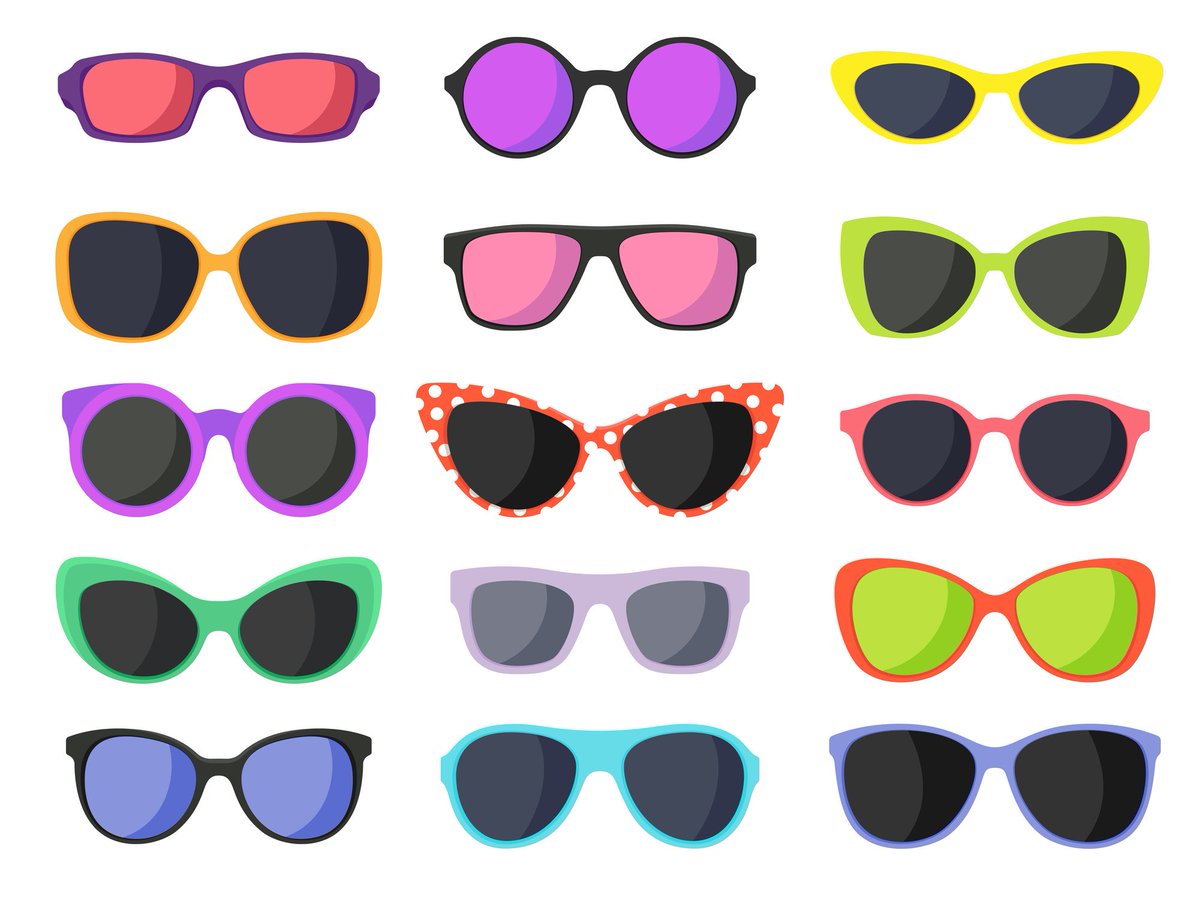
Genetic Testing Scam Targets Medicare Beneficiaries.
The U.S. Department of Health and Human Services Office of Inspector General is alerting the public about a fraud scheme involving genetic testing.
Scammers are offering Medicare beneficiaries cheek swabs for genetic testing to obtain their Medicare information for identity theft or fraudulent billing purposes. Fraudsters are targeting beneficiaries through telemarketing calls, booths at public events, health fairs, and door-to-door visits.
If a beneficiary agrees to genetic testing or verifies personal or Medicare information, a testing kit is sent even if it is not ordered by a physician or medically necessary.
Protect Yourself
- If a genetic testing kit is mailed to you, don't accept it unless it was ordered by your physician. Refuse the delivery or return it to the sender. Keep a record of the sender's name and the date you returned the items.
- Be suspicious of anyone who offers you free genetic testing and then requests your Medicare number. If your personal information is compromised, it may be used in other fraud schemes.
- A physician that you know and trust should approve any requests for genetic testing.
- Medicare beneficiaries should be cautious of unsolicited requests for their Medicare numbers. If anyone other than your physician's office requests your Medicare information, do not provide it.
- If you suspect Medicare fraud, contact the HHS OIG Hotline.
